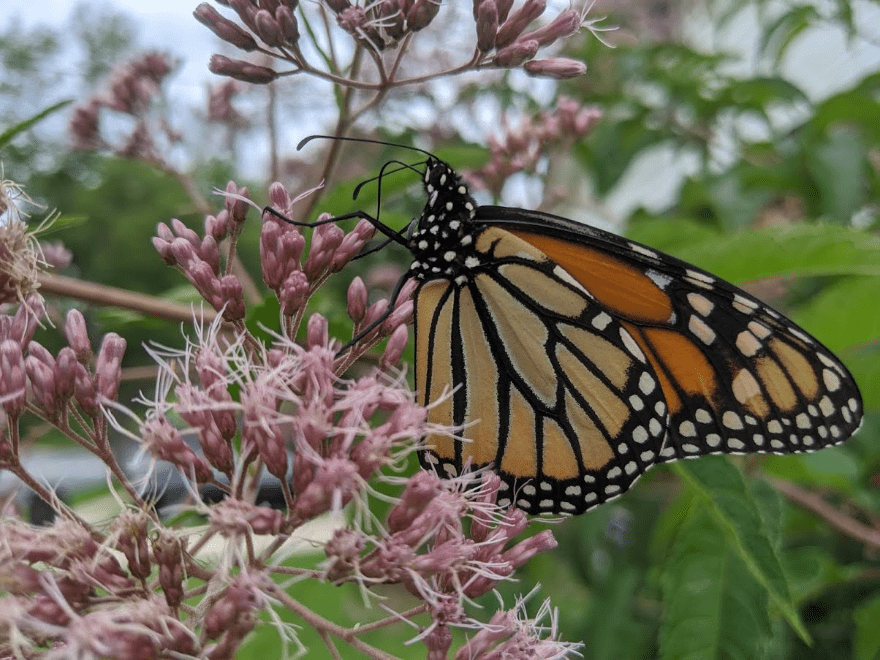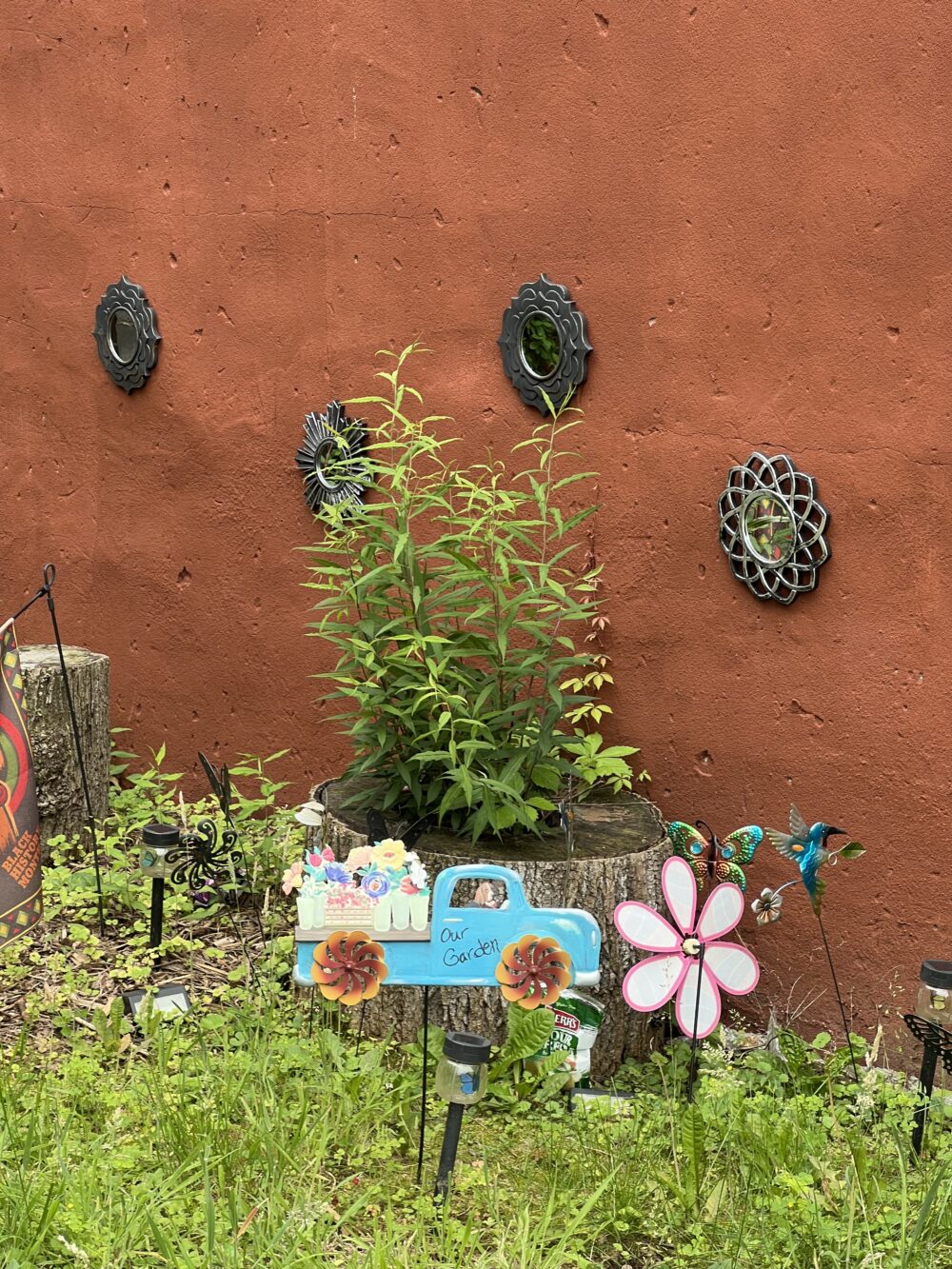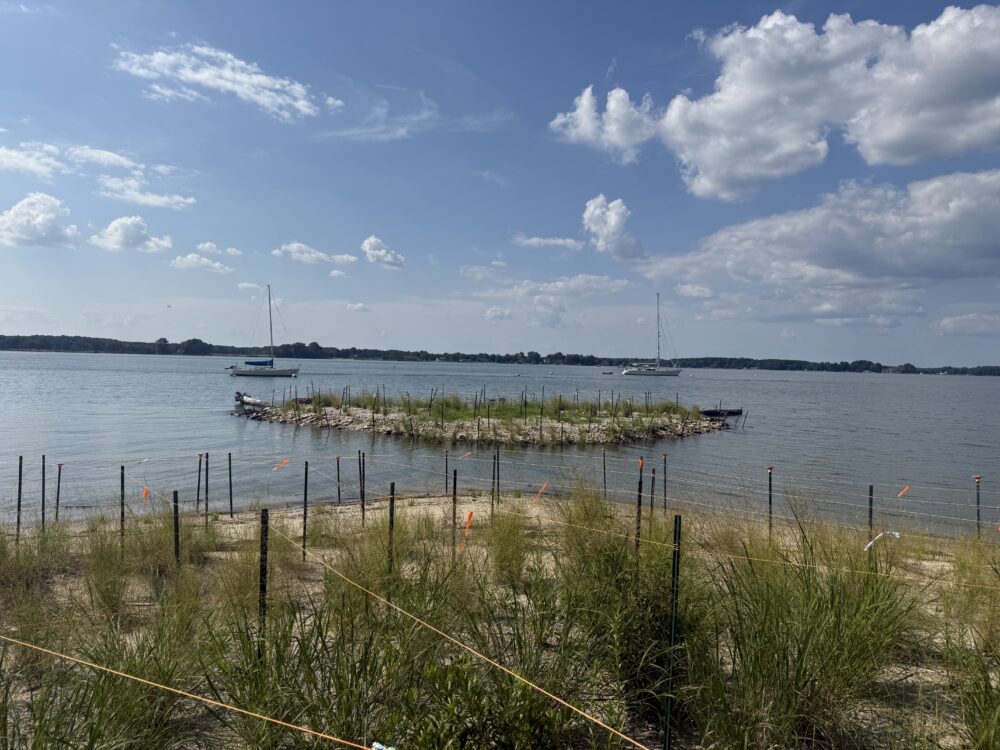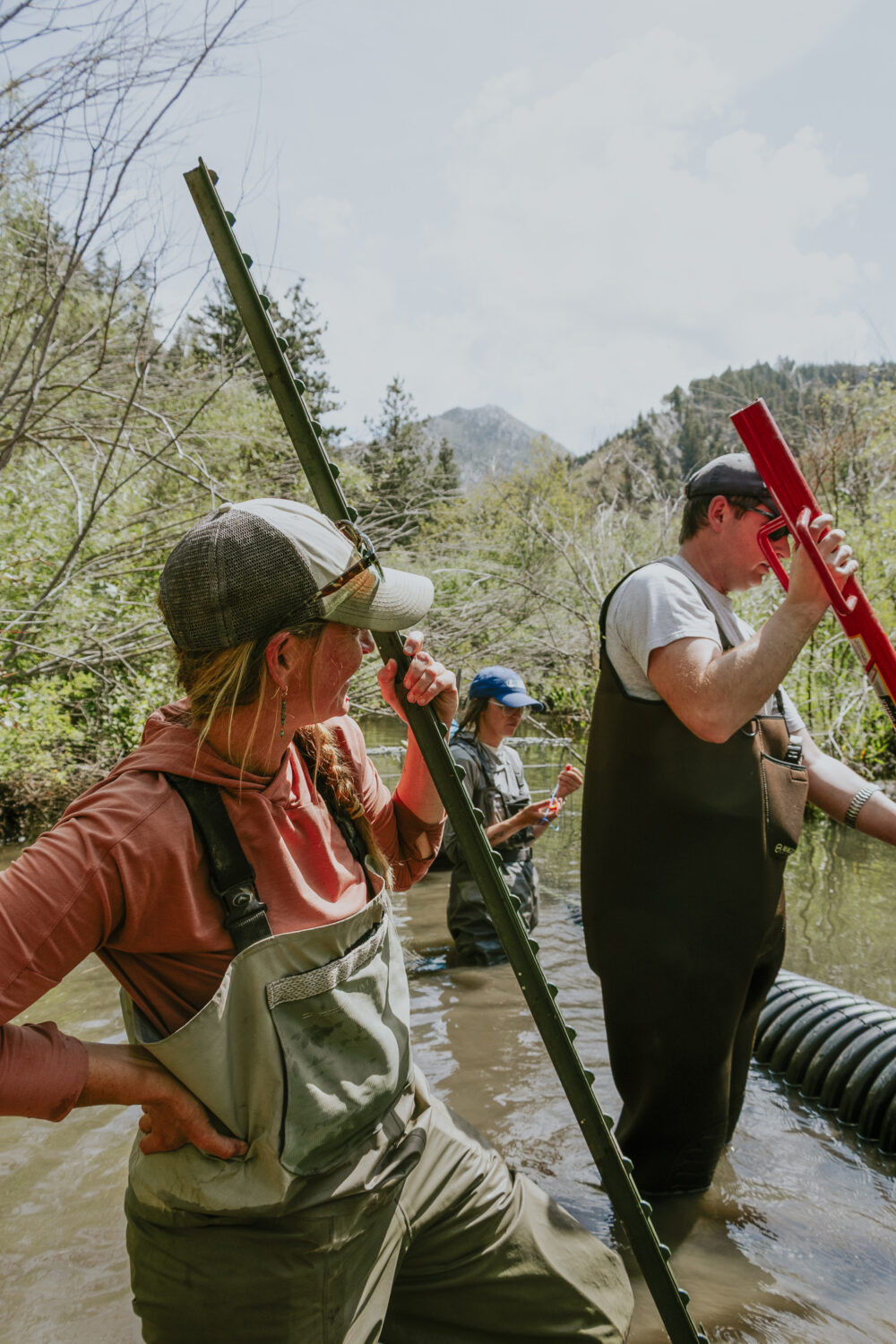We have much more to do and your continued support is needed now more than ever.
Six Ways Your School Can Become a Community Hub for People and Wildlife

Travel with us to the east side of Austin, Texas, where you will find Brooke Elementary, a small but mighty school that recently earned the prestigious Eco-Schools USA Green Flag Award from the National Wildlife Federation. This Title I school stands out as a community hub for local families through some very creative, innovative, and eco-friendly practices. The students at Brooke receive education rooted in Green ESTEAM (Entrepreneurship through Science, Technology, Engineering, Art, and Math). This environmental learning lens influences the personal and future professional lives of these young leaders. Take a look at this school’s favorite projects and be inspired to find ways to promote sustainable practices in your local community.
1. Harvest Honey from Bees
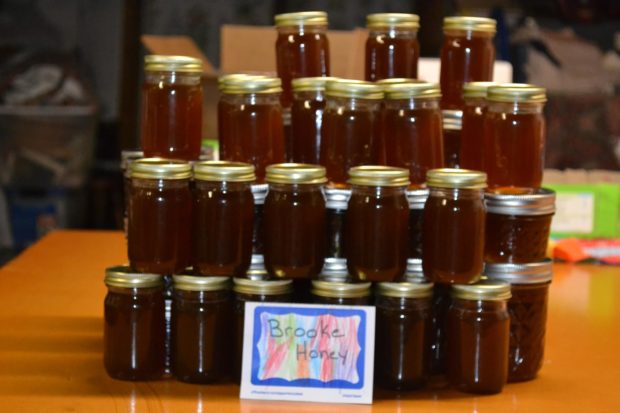
Under the guidance of lead teacher, Mr. DeSanto, the school obtained a honeybee colony. The Langstroth bee boxes were donated by a local community member, and the hive boxes were built through the handiwork of Principal Galindo-Vargas and her husband. Initially, the school worked closely with the Travis County Beekeepers Association to understand the colony’s needs, proper handling, and care. To increase safety and hands-on access for students, a group of 3rd graders put together their own grant application to the non-profit EcoRise for child-size beekeeper suits! Students in 1st-5th grade now participate in annual honey harvest days for a sweet treat to sell in their school farmers market. The school also raises other domestic animals such as bunnies, chickens and ducks.
Bees are essential pollinators that play a pivotal role in our ecosystem. You can support the recovery of native bees and other wild pollinators by joining the Million Pollinator Garden Challenge or promoting pollinator recovery in your garden.
2. Grow a Veggie Garden

Brooke was one of the first schools to launch the Austin Independent School District Garden to Café program, where produce from the garden is used in the school cafeteria. Students contribute ten different types of vegetables to the school’s salad bar, and an estimate of 20-30 pounds of produce is used per harvest season. The favorite vegetable of the students is often the one they helped harvest themselves that morning. The students receive weekly science lessons and garden guidance from a local non-profit called PEAS (Partners for Education, Agriculture, and Sustainability). Recently, Kindergarten classes led by teacher Ms. Reira experimented with creating an aquaponics pond that now produces beautiful leafy greens.
Thinking of growing a veggie garden? Consider also adding some native plants to provide essential habitat for pollinators while helping maintain healthy soil.
3. Host a Farmers Market
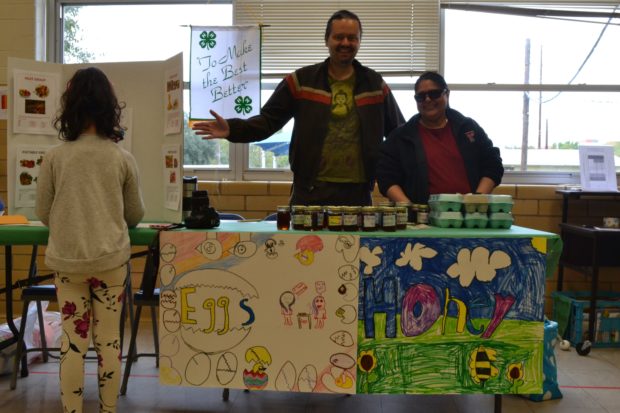
The school has been hosting multiple farmers markets a year since 2016. It all started with a desire to boost financial literacy and entrepreneurship. At the farmers market, students take pride in the produce they have helped create while learning marketing skills as they sell chicken eggs, bunches of carrots, and their own local honey. They often host the farmers market in association with larger community events, such as the East Austin Studio Tour (with a student art gallery for visitors), a Christmas bazaar and their annual spring fundraiser. Support from 4H Capital and other local sustainability-themed organizations creates a learning experience for the local community at the same time.
4. Create a Habitat for Wildlife

Brooke is part of the National Wildlife Federation Monarch Heroes grant program, where schools in Texas are creating habitat on their campuses to support the needs of the monarch butterfly. This iconic butterfly’s population has declined by 80 percent in the past 20 years. Habitat destruction is one of the primary causes, as the monarch butterflies’ host plant – milkweed – and other nectar-producing plants have largely disappeared with increased urbanization and large-scale crop cover. School campus projects like this one recreate some of this habitat, providing urban oases for these migratory insects. In addition to creating a rest-stop and nursery for monarchs, the students and staff at Brooke have increased biodiversity by planting a variety of other butterfly host plants, incorporating insect and bird houses, opening an old chimney for a chimney swift hotel and adding ponds as water features. Students are monitoring the presence of wildlife and using this to inform their decisions on projects to tackle next.
Principal Galindo-Vargas, who grew up on a farm in rural Texas, is no stranger to learning by doing and experimenting to find the best solution. She is a strong proponent of outdoor learning and its values for students:
Our behavior has greatly improved with outside learning opportunities and providing more movement to children… We received a distinction in Science with the great leap in science [test] scores.
– Principal Galindo-Vargas
To increase math skills, Ms. Holbrook, a 5th grade teacher, is now working on creating a math garden for the 4th and 5th grade students where they can learn to measure native plant growth, count observations of wildlife, and participate in other activities to exercise their computation skills.
You can make your garden a haven for wildlife by creating a Certified Wildlife Habitat in your home, school, or community. Learn more:
Learn More!
5. Conduct an Energy Audit
All grade levels at Brooke Elementary did a science unit on renewable and nonrenewable energy and monitored their energy use over time. The Eco-Schools USA Energy Audit template served as a guide for 4th/5th grade students to compile data from all grade levels with their teacher, Mr. Morris, and kindergarten teacher, Ms. Batty. Students brought their ideas on how to reduce their overall energy use to ecoteam and a faculty meeting and then implemented the top ideas schoolwide. They decreased their energy use by about 9 percent from 2017 to 2018. This is nearly 43,000 kWh, which is enough to provide electricity for four average American homes for a year! These energy savings result in financial savings for the school district – funds that can be channeled back to programming in schools.
6. Sign up for Eco-Schools USA
This free, national program is celebrating its10th anniversary this year and provides recognition for impactful, student-driven cultural and environmental changes on a school campus. Brooke Elementary was recently awarded the highest Eco-Schools USA honor – the Green Flag Award – by the National Wildlife Federation, only the 6th awarded in the state of Texas.
Through team meetings, the school addresses current challenges, celebrates successes, identifies new community partnerships, and works together to find ways for Brooke to be more green:
We use the Seven-Step framework of the National Wildlife Federation’s Eco-Schools USA program to help focus our projects and curriculum. The program also helps parents and teachers guide our children in understanding the need to feed and sustain our future generations and learning sustainable habits now that will stay with them in future job and vocational opportunities. It makes our children innovators.
– Principal Galindo-Vargas
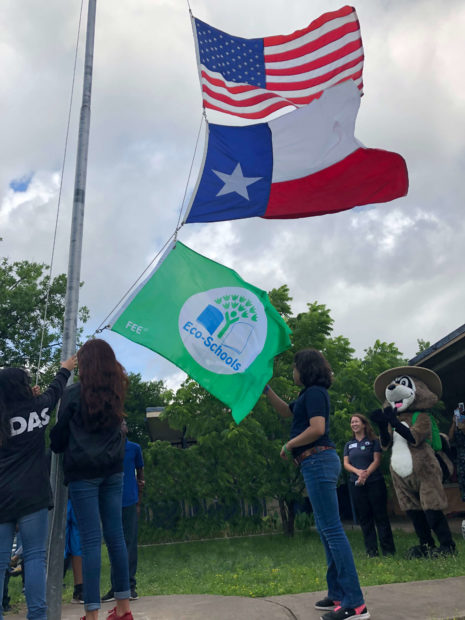
Like what you read? You can contribute to our ongoing programs like this one to help schools become a community hub for people and wildlife:
Donate!


